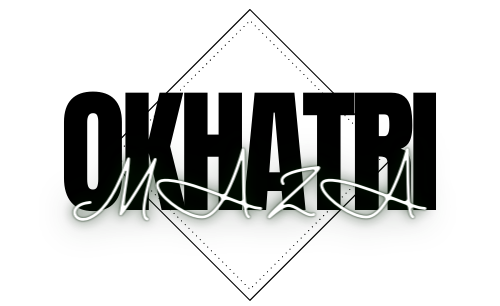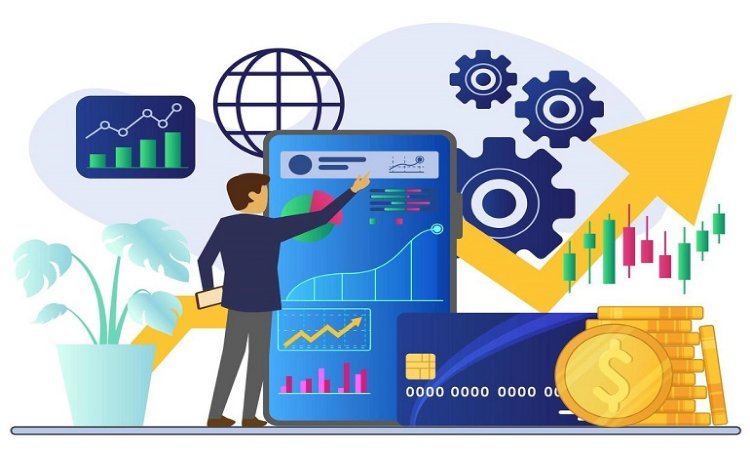As the digital age advances, it’s remarkable to see how traditional technologies reinvent themselves to stay relevant. Fax technology, once thought to be on the brink of obsolescence, is experiencing a surprising revival. This rebirth is powered by innovations that integrate old-school faxing with new-age digital requirements. Users across industries continue to trust and utilize fax for its security and reliability, and their needs are driving its evolution. Keep reading to discover how this once-dated technology is adapting and thriving today.
The Resurgence of Fax Technology in the Digital Ecosystem
Alt text: A writer utilizing smart fax services for a digital book he is writing.
Fax technology continues to thrive in industries like healthcare, legal, and government, where secure document transmission is crucial. The integration of fax with digital systems has modernized its use, allowing for efficient workflows and reducing the need for physical resources like paper and toner.
Smart fax services now enable users to send and receive faxes directly from digital devices, streamlining the process and enhancing security. Despite the rise of email and messaging platforms, fax remains reliable and less prone to interception, making it a preferred choice for handling sensitive information.
Modern Fax Solutions: Integrating with Cloud Services
Cloud-based fax services have revolutionized the industry by offering scalability, remote accessibility, and secure storage of faxes. With internet access, users can send and receive faxes from anywhere, eliminating the risk of losing physical documents. Cloud services also provide automation and scheduling features, enhancing efficiency. Many modern fax solutions integrate with other cloud productivity tools, allowing for a unified digital workflow.
Cost-effectiveness is another key advantage, as companies can save on hardware and maintenance costs by subscribing to a pay-as-you-go model, which allows for flexibility in scaling up or down as business needs change. Cloud-based fax services have revolutionized the way businesses manage their communications and streamline their operations.
Enhanced Security Protocols for Digital Fax Transmission
Modern-day fax services offer enhanced security protocols, including encryption and advanced user authentication, to ensure document confidentiality and compliance with strict regulations like HIPAA in healthcare. These services provide detailed transmission logs and reports, allowing companies to track the sending and receiving of sensitive documents accurately.
Digital fax services also offer secure file sharing and electronic signatures, streamlining the process of document management and maintaining data integrity. These features make faxes an essential tool for businesses handling sensitive information, making them an essential tool for adherence to regulations.
The Role of Mobile Apps in the Transformation of Fax Services

Mobile technology has revolutionized business tools and services, including faxing. Mobile apps have made fax services accessible from smartphones and tablets, providing convenience for professionals to scan, send, or receive faxes from anywhere at any time. The user experience on mobile fax applications has been optimized for smaller screens, ensuring accessibility and simplicity.
Integration with a phone’s camera allows quick scanning of documents, blurring the line between traditional scanning and mobile technology. Push notifications alert users immediately when they receive a fax, ensuring critical documents are not overlooked, a significant improvement over traditional fax machines that required manual checks.
Fax Services and the Future: AI and Machine Learning Integration
Looking forward, the potential for artificial intelligence (AI) and machine learning integration in fax services seems limitless. AI can enable intelligent sorting and routing of faxes, reducing the need for manual intervention and accelerating response times. Machine learning algorithms can be trained to recognize the content within faxed documents, thus simplifying the categorization and indexing process. This technology could automatically organize incoming faxes into the appropriate departmental inboxes or cloud storage folders.
Predictive analytics could also play a role by analyzing faxing patterns and suggesting the optimal times for sending out communications to avoid bottlenecks. Such insights would help businesses optimize their communication strategies for better efficiency. AI could enhance security protocols by detecting anomalies in faxing patterns, potentially preventing unauthorized or fraudulent activities before they impact the business. The intelligent oversight brought by AI could dramatically increase the trustworthiness of fax communication.
Overall, the evolution of fax services signals a remarkably adaptive approach to document transmission in the digital age. From cloud-based storage to mobile convenience and the promising horizon of AI deployment, faxing is proving its resilience and continued importance in modern business. As we embrace these advancements, it becomes evident that fax services, far from fading away, are setting new standards for secure and efficient communication.




